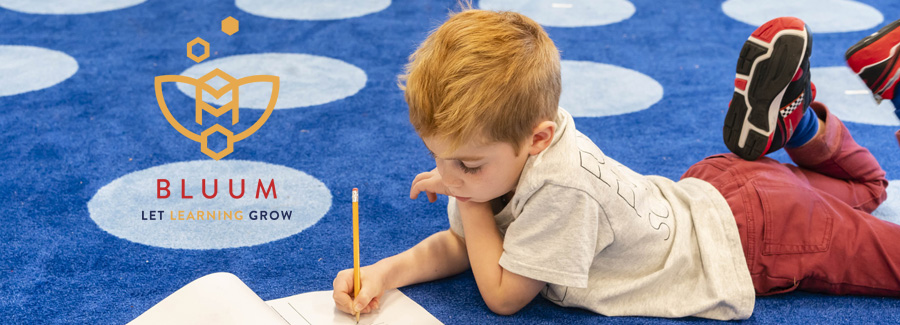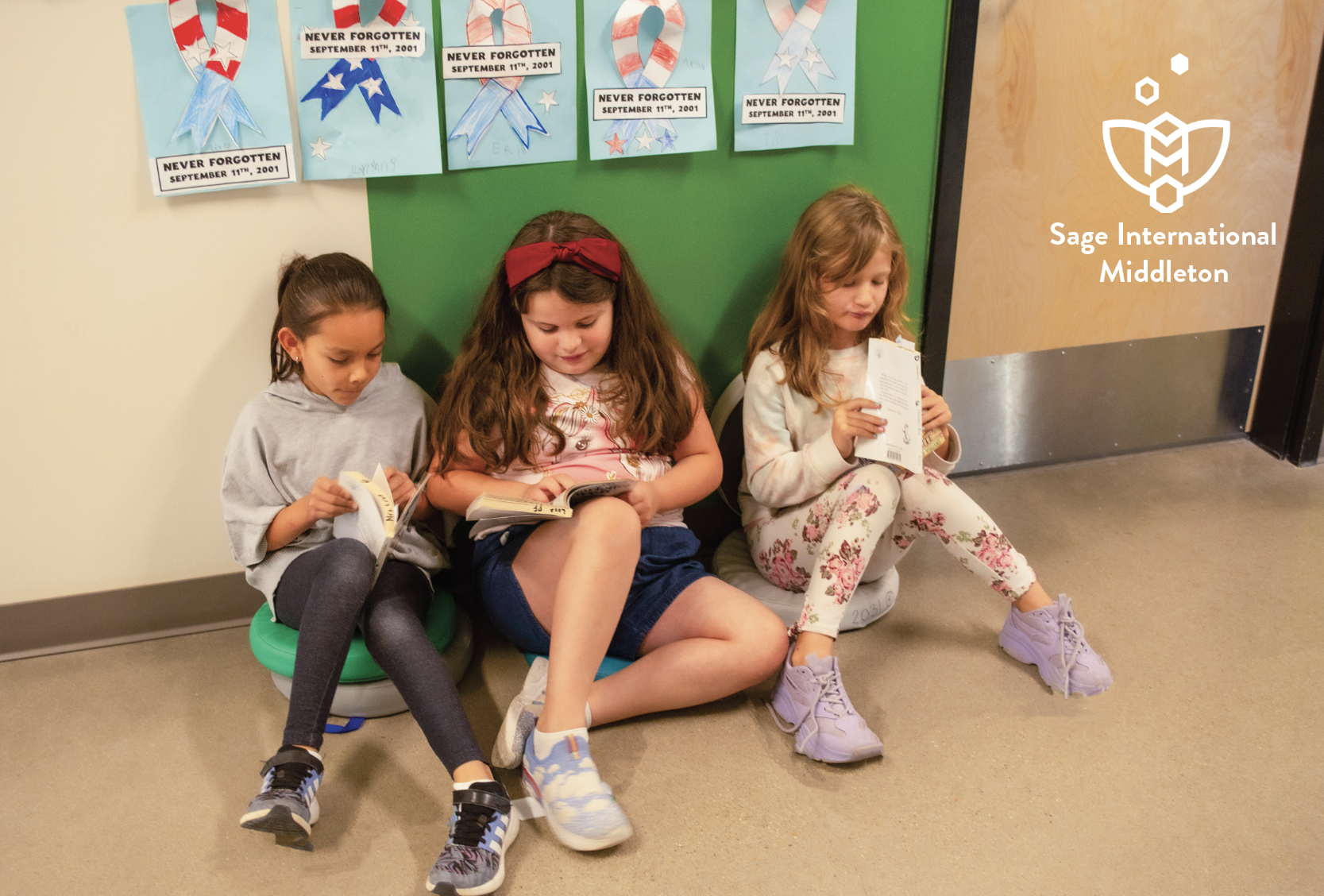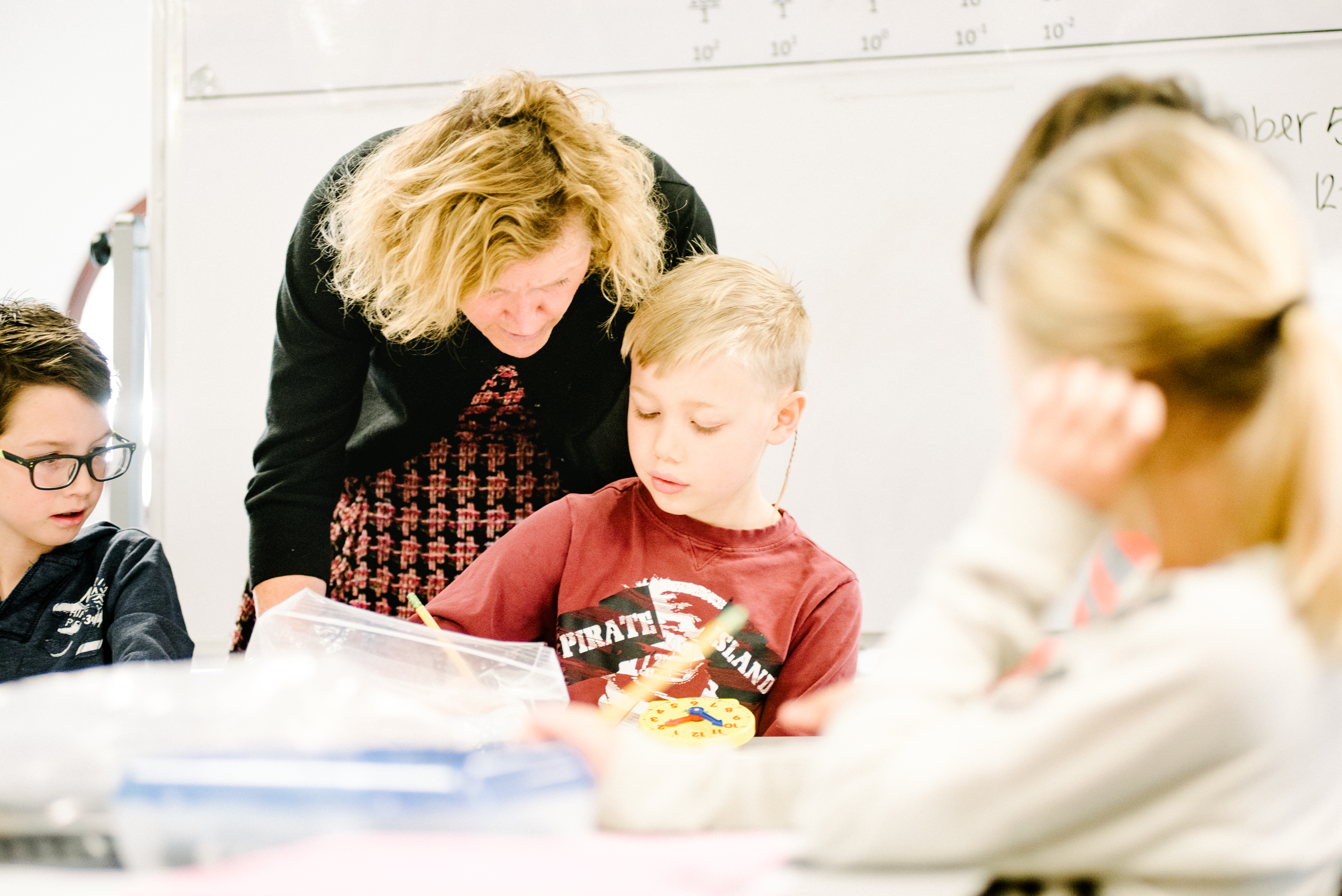
Analysis: The Impact and Outcomes of Full-Day Kindergarten
LARGEST STUDY OF ITS KIND IN IDAHO LOOKS AT IMPACT OF ALL-DAY KINDERGARTEN ON EARLY YEARS LITERACY
DOWNLOAD PRESS RELEASE | ONE PAGE INFO SHEET | FULL REPORT
IN THE NEWS: IdahoEdNews, Idaho Statesman, KMVT, KTVB, The Lewiston Tribune
Bluum is a strong believer in the power of parent choice. We have put our resources and efforts behind that belief. In funding a voluntary all-day kindergarten pilot with 17 partner schools across Idaho, we have come to see that many parents value an all-day kindergarten option in their school of choice. And, what’s more, results from new statewide research, which includes all Idaho schools offering full-day kindergarten show children benefit academically in these programs.
Based on evidence from across the nation, all-day kindergarten is an important strategy for closing literacy gaps. We know from research that students who are not reading proficiently by the end of 3rd-grade are four times more likely to drop out or fail to graduate from high school. For poor, black, and Hispanic students, that likelihood doubles.[1]
All-day kindergarten, however, is not a magic bullet. But, it can be fundamental in setting the conditions for better learning outcomes if it is done in tandem with smart improvements to what happens for our children in first, second and third grades.
But what does Idaho’s early literacy data tell us? The expert research team at Public Impact in North Carolina helped tease out the answer. Public Impact, with support from the Idaho State Board of Education, accessed Idaho Reading Indicator (IRI) data from 2018-19 through 2020-21 to evaluate the effectiveness and impact of all-day kindergarten on our children’s literacy results.
In 2020-21, there were 19,043 Idaho kindergartners in partial-day kindergarten and 14,832 Idaho children in full-day kindergarten; with larger percentages of economically disadvantaged, special education and English Language Learners in all-day programs than partial-day. A number of Idaho school districts have used their local funds and/or state literacy funds to provide all-day kindergarten for their students in recent years.
Key findings from the study include:
- From fall 2020 to spring 2021, Full-day kindergartners made more progress than partial-day, including economically disadvantaged (ED) students, though ED students remain far behind.
- Students participating in full-day kindergarten improved their IRI scores and outpaced partial-day kindergarten students.
- Full-day kindergarten students’ scores made statistically significant improvements compared to partial-day kindergarten students
- After closing during the kindergarten year, the gap between full-day and partial-day kindergartners re-widens in 1st and 2nd grade. For non-ED students, the gap only partially re-widens, but for ED students the gap becomes larger in 2nd grade than at the beginning of kindergarten
“To the extent there’s fadeout, we should be looking at what’s happening in the fadeout grades. Consider this analogy: you’re running a 4 person relay. The first leg runner is really amazing, but then then next three runners fall behind. You wouldn’t react to this by saying “There’s no point in running a great first leg.” You’d say “how can we get better runners in legs 2-4, or better running from the runners we have,” said Public Impact’s Bryan Hassell.
Bluum, with support from the J.A. and Kathryn Albertson Family Foundation, will support this analysis of IRI data every year for the next three years in order to garner stronger longitudinal data around the impact of all-day kindergarten on both of what Public Impact describes as “kindergarten outcomes” and “kindergarten preparedness.”
By demonstrating the effectiveness and impact of all-day kindergarten, Bluum hopes to better inform the critical and ongoing discussion around strategies to improve literacy in the Gem State. “Our children and families deserve nothing less,” said Bluum CEO, Terry Ryan.
